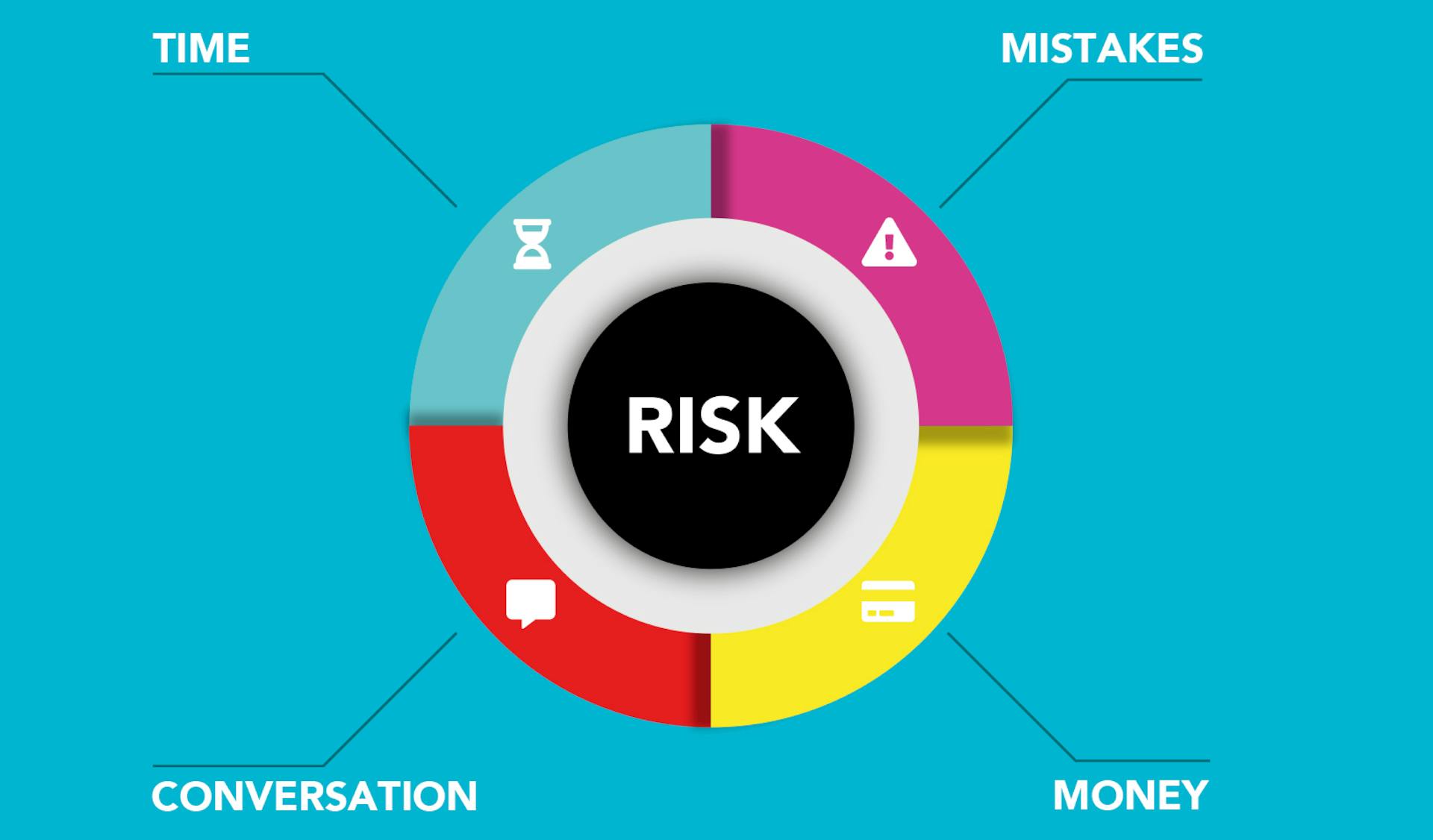
Cyber insurance underwriting courses are designed to equip professionals with the knowledge and skills needed to assess and mitigate cyber risks.
These courses typically cover topics such as risk assessment, threat analysis, and cybersecurity best practices.
By taking a comprehensive course, you can gain a deeper understanding of the complexities of cyber insurance underwriting.
This includes learning about common cyber threats, such as phishing and ransomware, and how to identify and prevent them.
Course Overview
The Cyber101 course is a comprehensive program that covers the basics of cyber insurance underwriting. It has 59 lessons in total, making it a thorough and immersive experience for students.
The course curriculum is divided into several sections, each focusing on a specific aspect of cyber insurance underwriting. These sections include Cyber Overview, Privacy Liability, Network Security Liability, First Party vs Third Party Coverage, and more.
Here are some of the key topics covered in the course:
- Cyber Overview: Introduction & Lesson Objectives
- Privacy Legislation Overview
- Network Security Liability: Claims examples
- First Party vs Third Party Coverage – Introduction
- Ransomware – Coverage
- Business Interruption – An example
The course also includes quizzes and activities to help students reinforce their understanding of the material. Some examples of quizzes include "What is Cyber Insurance?", "Privacy Liability Quiz", and "BI & CBI Quiz". These quizzes help students assess their knowledge and identify areas where they need more practice.
The course concludes with a survey and a wrap-up section, as well as a comprehensive exam to test students' knowledge. Overall, the Cyber101 course provides a solid foundation for anyone looking to learn about cyber insurance underwriting.
Readers also liked: California Insurance Broker Education Course
Risk Assessment and Management

Cyber risk assessment is the first step in cyber insurance underwriting, involving the identification of potential risks and vulnerabilities within an applicant's digital infrastructure.
Historical data and predictive analysis are used to understand the likelihood of various cyber incidents, and the assessment considers what tools and controls applicants have used to protect themselves and their networks.
Cyber insurance providers with a preventative approach extend this process beyond mere identification, also including risk management strategies to help organizations improve their security posture.
This proactive underwriting method helps safeguard policyholders against potential financial losses, making it a crucial component of an InsurSec approach.
Data analytics and AI can process vast amounts of data quickly, identify patterns, and assess potential vulnerabilities, significantly enhancing the accuracy and efficiency of risk assessment.
Active cyber risk monitoring involves real-time tracking of an organization's digital environment, identifying unusual behavior, and preemptively detecting potential threats.
This helps in early threat detection and mitigation throughout the life of the policy, reducing the number and/or impact of cyber incidents.
Curious to learn more? Check out: Cyber Insurance Underwriting Process
Policy and Underwriting

Policy and underwriting are crucial components of cyber insurance. The future of ransomware is a topic of interest, with recent activity sparking concerns. Cyber policies can be complex, with many variations, even though an ISO policy is available.
The underwriting process in cyber insurance involves several key components. These include risk management services offered by various carriers, which can make a significant difference in the underwriting process. The ISO policy can serve as a foundation for comparison.
Here are some key questions to consider when evaluating cyber policies:
- What is the future of Ransomware given recent activity?
- How much attention should you pay to the exclusion for failure to maintain security standards?
- Do the Risk Management services of various carriers make much of a difference?
Basic Policy Overview
In a cyber policy, you'll find two main types of coverage: First Party and Third Party. First Party coverage refers to the insurance company paying out for losses directly to the insured business.
First Party coverage typically includes ransomware, business interruption, and social engineering losses. For example, if a company's data is encrypted by ransomware, the policy would cover the costs of restoring the data.
Curious to learn more? Check out: Electronic Data Liability Coverage

Third Party coverage, on the other hand, pays out for losses to third parties, such as customers or vendors. This type of coverage is often included in a cyber policy to protect against privacy and security breaches.
Here's a breakdown of the main insuring clauses in a cyber policy:
As you can see, the main insuring clauses in a cyber policy provide a range of protection for both the insured business and third parties. Understanding these coverages is crucial when it comes to evaluating a cyber policy's effectiveness.
Policy Analysis
Cyber policies can be overwhelming, but it's essential to understand the nuances of these policies to protect your business.
Every carrier has its own unique cyber policy, even though an ISO policy is available. This can make it difficult to compare and contrast different policies.
Casey Roberts will help us understand the complexities of cyber policies, answering questions such as the future of Ransomware given recent activity.

Ransomware activity has been on the rise, so it's crucial to stay informed about its future.
The exclusion for failure to maintain security standards is a crucial aspect of cyber policies that should not be overlooked.
You should pay close attention to this exclusion, as it can have significant implications for your business.
Different carriers offer varying levels of Risk Management services, which can make a significant difference in protecting your business.
Here are some key questions to consider when evaluating cyber policies:
- What is the future of Ransomware given recent activity?
- How much attention should you pay to the exclusion for failure to maintain security standards?
- Do the Risk Management services of various carriers make much of a difference?
Core Components of Underwriting
The core components of underwriting are what make the process tick.
Data analytics and AI are crucial components that help streamline the risk assessment process. They can process vast amounts of data quickly, identify patterns, and assess potential vulnerabilities.
These technologies significantly enhance the accuracy and efficiency of risk assessment.
Additional reading: Homeowners Insurance Underwriting Process
The War on Crime: How to Wage It
Cybercrime occurs every day and insurance professionals need to protect themselves from it.

To wage the war on cybercrime, you must be aware that it's a constant threat.
Insurance professionals need to protect themselves from cybercrime.
Protecting clients from cybercrime requires educating them on how to prevent it.
Cybercrime can be prevented by taking certain precautions.
Cybercrime occurs every day, making it a top priority for insurance professionals.
Insurance professionals must be able to help their clients protect themselves from cybercrime.
Threat Intelligence and Technology
Technology plays a crucial role in cyber insurance underwriting, especially with the vast amount of data generated in the digital age.
Cyberthreat intelligence is essential for underwriters to stay ahead of emerging threats, vulnerabilities, and attacker tactics.
An expert team of cyber researchers should gather information about these threats on an ongoing basis to provide relevant coverage and protect policyholders.
This intelligence can help underwriters make informed decisions and offer effective coverage against the latest cyber risks.
Cyber risk assessment involves identifying potential risks and vulnerabilities within an applicant’s digital infrastructure, relying on historical data and predictive analysis.

This assessment also considers the tools and controls applicants have utilized to protect themselves and their networks from cyberthreats.
Data analytics and artificial intelligence (AI) significantly enhance the accuracy and efficiency of risk assessment, allowing underwriters to make more informed decisions.
Real-time monitoring of an organization’s digital environment is crucial, including tracking network activity, identifying unusual behavior, and preemptively detecting potential threats.
Predictive modeling uses historical data and machine learning algorithms to project future risks, enabling underwriters to assess potential future threats and vulnerabilities.
For your interest: Cyber Insurance Assessment
Specialized Topics
Cyber insurance underwriting courses cover advanced topics such as threat intelligence and incident response.
These courses provide in-depth knowledge of the latest threats and how to respond to them.
Risk assessment and management are critical components of cyber insurance underwriting.
They help underwriters determine the likelihood and potential impact of a cyber attack.
Cybersecurity frameworks like NIST and ISO 27001 are also taught in these courses.
These frameworks provide a structured approach to managing cyber risk.

Underwriters learn how to analyze and mitigate risks associated with cloud computing and artificial intelligence.
These technologies are increasingly common in modern businesses.
Cyber insurance underwriting courses also cover the importance of data breach notification laws.
These laws vary by country and state, but they all require prompt notification in the event of a breach.
By taking these courses, underwriters can develop the expertise needed to write effective cyber insurance policies.
These policies help businesses protect themselves against the financial consequences of a cyber attack.
A unique perspective: Cyber Insurance Data Breach
Frequently Asked Questions
What is underwriting in cyber insurance?
Underwriting in cyber insurance involves assessing and quantifying risks to determine policy premiums and tailor coverage to an organization's unique needs. This process forms the basis of every cyber insurance policy, ensuring applicants receive the right level of protection.
Is cyber insurance profitable?
Yes, cyber insurance is profitable, having generated strong direct underwriting profits for the second straight year in 2023. However, premium growth has slowed due to renewed pricing pressure.
Sources
- https://insurancetrainingcenter.com/courses/cyber-insurance-101/
- https://www.ijacademy.com/classes/cyber-260
- https://courses.insurancetrainingcenter.com/courses/Free-cyber-101
- https://www.at-bay.com/articles/cyber-insurance-underwriting/
- https://iiea.co.ke/workshops/index.php/all-workshops/underwriting/cyber-risk-and-insurance
Featured Images: pexels.com


